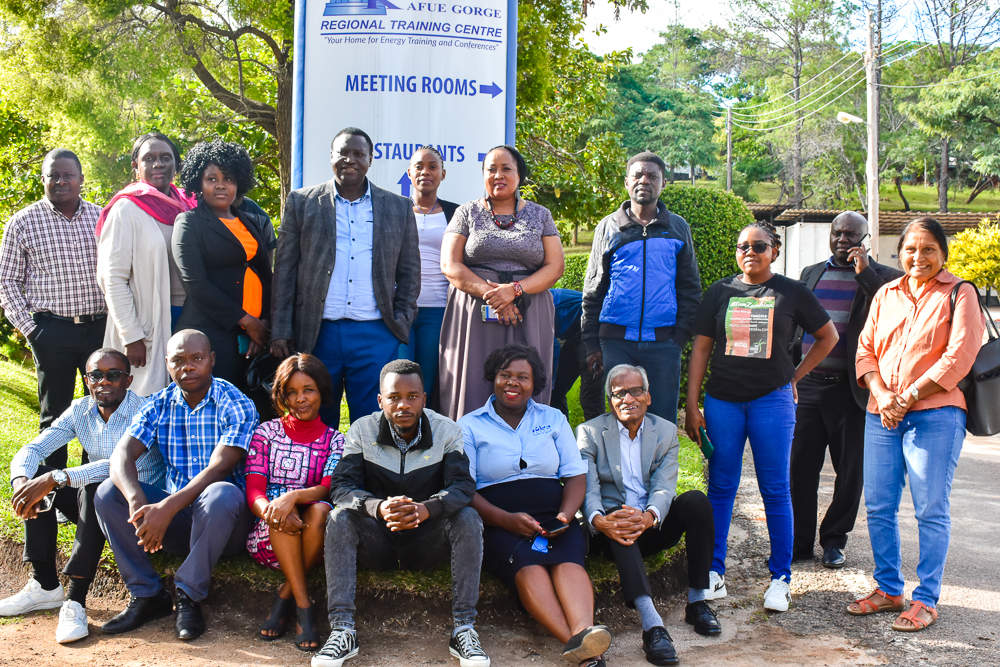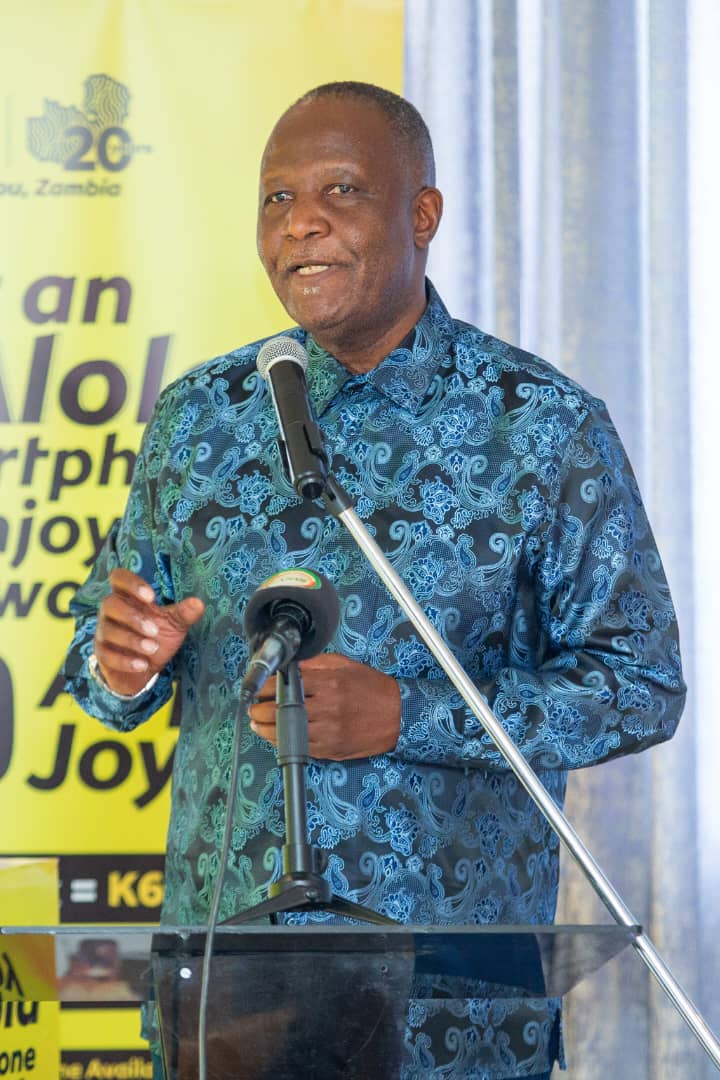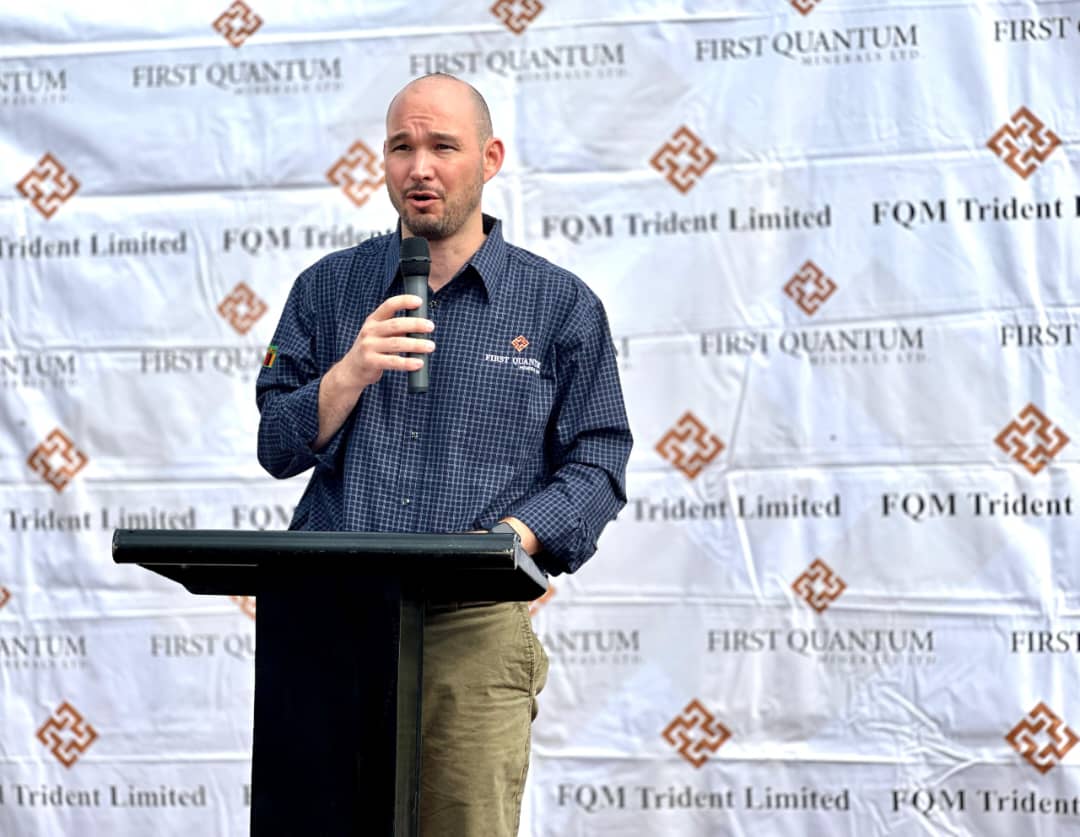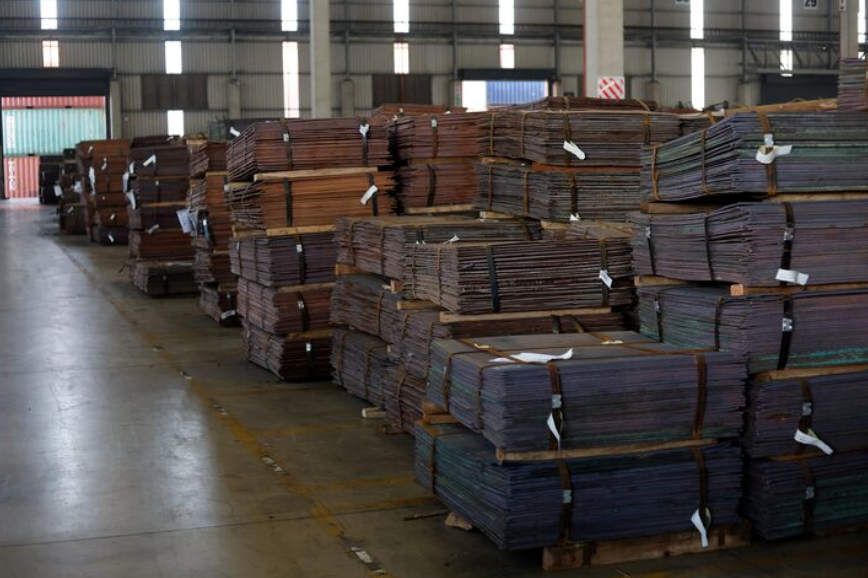By DERRICK SILIMINA
At first glance, Zambia’s generation of hydropower, clean energy, seems normal as the country benefits from the water flows of the mighty Zambezi and Kafue Rivers.
However, droughts in recent years have caused electricity shortages estimated at nearly one-third of Zambia’s total installed hydroelectric capacity of 2,380 megawatts.
In 2019, water levels in the Kariba Dam plummeted to their lowest level since 1996, falling to 10 per cent of usable storage. Some observers described this as the worst drought that has ever hit the southern African country since independence in 1964.
For this reason, the International Labour Organization (ILO), with funding by the Swedish International Development Agency (Sida), and in close collaboration with Kafue Gorge Regional Training Center (KGRTC), has embarked on upskilling more Zambians with competencies to tap into technologies in renewable energy, energy efficiency and renewable energy integration.
UNESCO Chair in Renewable Energy and Environment Professor Prem Jain says climate change is a genuine man-made problem.
“Climate change has significant adverse impacts on all sectors of the economy and African nations are likely to suffer more from impacts of climate change. We need to urgently respond to the threat of climate change,” Professor Jain said.
He was speaking during the Skills for Energy in Southern Africa (SESA) media training programme dubbed Reporting on Energy held at KGRTC from March 30 to April 1 in Namalundu area of Chikankata District.
DIVERSIFYING
In this context, energy experts believe that diversifying and expanding the country’s energy mix enables the creation of jobs and the development of small and medium entreprises both locally and in the region.
Professor Jain, a renowned lecturer at the University of Zambia Physics Department, noted that fossil fuels such as coal, petrol, diesel and gas are drivers of modern industrialization but are culprits of climate change.
According to energy statistics, chronic under-investment in hydro projects has also caused problems such that even when enough rain falls, power supply cannot keep up with demand from the mining, manufacturing and agriculture industries.
In line with the United Nations Sustainable Development Goal Seven, which aims to ensure “access to affordable, reliable, sustainable and modern energy for all,” the Southern African Development Community (SADC) key priority is to ensure energy access and security for all populationa and businesses in the region.
Despite being one of the suppliers of hydroelectricity in the SADC region, Zambia’s population is still grappling with access to efficient and affordable energy supply.
Only 37 per cent of people in urban areas have access to energy while four per cent of people in the rural areas are connected to the national grid, according to the Ministry of Energy statistics.
ENERGY SOURCES
“We need to harness all the energy sources that we have, especially renewable energy sources because energy is the driver of economic activity in the country, whether industrial or agriculture among others,” Ministry of Energy Principle Energy Officer Brian Mainza told journalists during the training.
Sustainable energy was essential, especially looking at the SDG7 goal where by 2030 everyone should have universal access to clean and affordable energy.
“We need as Zambia to embark on harnessing the other energy resources that we have such as solar, wind, and biomass because we have also seen that in the past, the concentration has been on hydropower generation,” he stated.
According to the US Agency for International Development (USAID), the country draws 85 per cent of its power from hydro projects.
Kafue Gorge Regional Training Centre Consultant for Research and Training Martin Hamanyanga disclosed that the institution has received funds from the Swedish Government for the development of a 10 megawatt mini hydropower project on the Kafue River.
Recently, the Government initiated a 200 MW wind-power project in Katete, Eastern Province. This is the first phase of the larger Unika 1 wind project, which is to be financed by private investors.
SOLAR PROJECTS
Zambia also signed an agreement with the World Banks’ International Finance Corporation (IFC) to develop two large-scale solar projects. A competitive auction through the IFC’s Scaling Solar programme attracted bids from competing solar developers.
In terms of energy efficiency rating, the SADC Centre for Renewable Energy and Energy Efficiency (SACREEE) is thrilled that Zambia is one of the few countries in the region that has significantly achieved energy efficiency through the introduction of energy-saving lighting measures.
“Zambia has cut down on energy wastage resulting in savings for both individuals at household level and the heavy power consumers such as mines and industries,” SACREEE Lead Renewable Energy Expert Readlay Makaliki said on the sidelines of the workshop.








